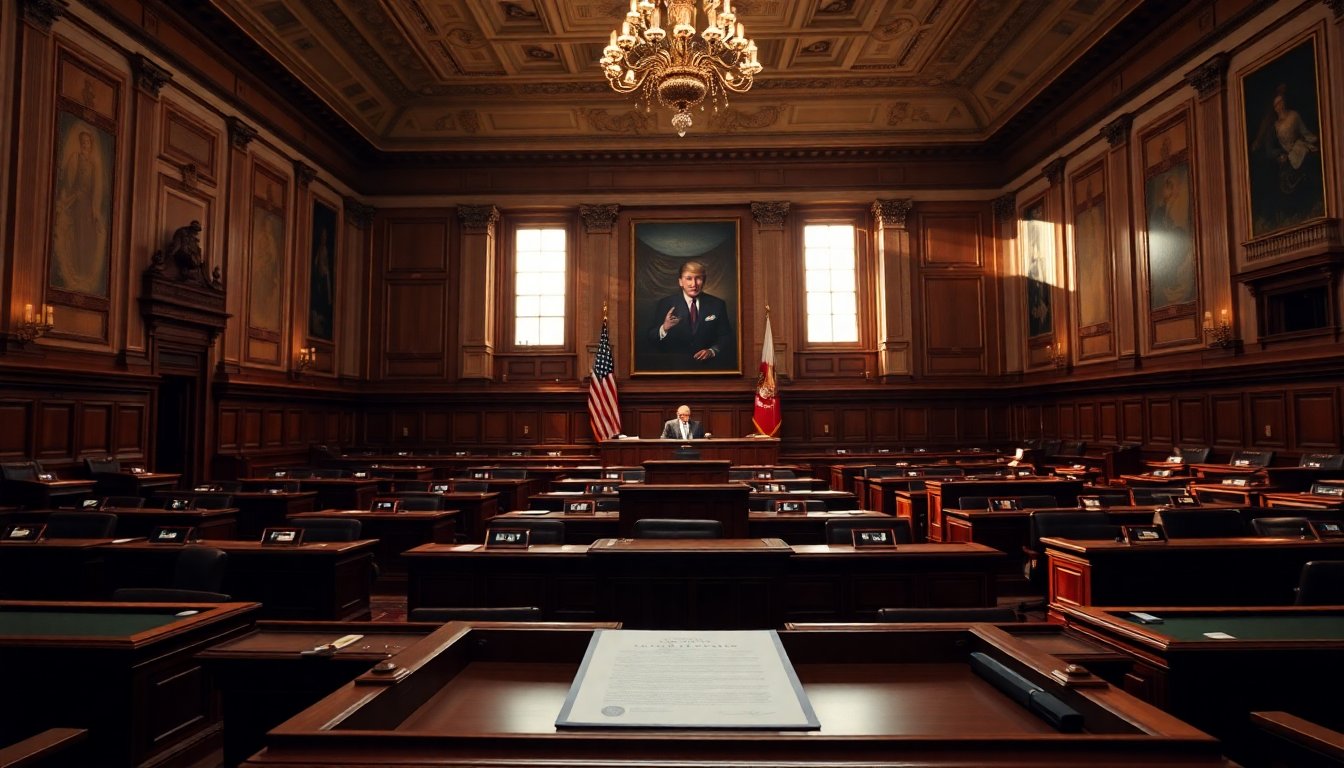Table of Contents
In a notably smooth and uneventful session, Congress officially acknowledged Donald J. Trump’s election victory. This swift affirmation contrasts sharply with the tumultuous proceedings witnessed four years prior, highlighting a significant shift in the political landscape.
The certification of Trump’s victory occurred without the drama and uproar that characterized the previous electoral process. Vice President Kamala Harris presided over the session, marking a moment many observers anticipated would be contentious. Instead, the atmosphere was calm, reflecting a new chapter in American politics.
The backdrop of the certification process
The certification of election results is a pivotal moment in the American democratic process. It serves as a formal acknowledgment of the election outcome and a reaffirmation that the will of the people is paramount. The session held by Congress this year was marked by a sense of normalcy that many hoped would return following the upheavals of the last election cycle.
In previous years, certification faced challenges and disputes. The last certification was marked by significant public outcry and political strife, culminating in a controversial atmosphere that led to unprecedented events, including the storming of the Capitol. This year, however, the proceedings unfolded smoothly, with members of Congress performing their duties with professionalism.
Comparing past and present
Four years ago, the atmosphere was charged and tense, with many lawmakers expressing dissent against the election results. This led to a protracted debate that captured national attention and ultimately resulted in a chaotic situation. In stark contrast, this year’s certification was brief and largely devoid of contention.
Vice President Harris’s role in presiding over the session was crucial. Her leadership helped maintain order and focus, allowing Congress to fulfill its constitutional duty without interruption. The absence of significant opposition during the proceedings indicated broader acceptance of the electoral outcome, reflecting a collective desire to move forward.
Implications of a peaceful transition
The successful certification of Trump’s victory signifies more than just a procedural formality; it embodies the resilience of American democracy. The peaceful transition of power is a cornerstone of the democratic process, and this year’s event underscored the importance of upholding that tradition.
As the nation moves ahead, the implications of this certified victory are profound. It serves as a reminder of the peaceful transfer of power, essential for maintaining public trust in governance. The lack of drama this year may pave the way for future elections to be conducted with greater civility and respect, fostering an environment where the electoral process is honored.
Looking ahead
As political analysts reflect on the implications of this year’s certification, many express cautious optimism. The ability to conduct a certification without incident suggests a renewed commitment to democratic norms among political leaders. This shift could play a crucial role in restoring faith in the electoral process.
Moreover, the current political climate may encourage more constructive dialogues among lawmakers, fostering a spirit of collaboration rather than division. The swift certification of Trump’s victory could be seen as a turning point, signaling a desire among legislators to prioritize the interests of their constituents over partisan disputes.
The certification of Trump’s victory occurred without the drama and uproar that characterized the previous electoral process. Vice President Kamala Harris presided over the session, marking a moment many observers anticipated would be contentious. Instead, the atmosphere was calm, reflecting a new chapter in American politics.0


